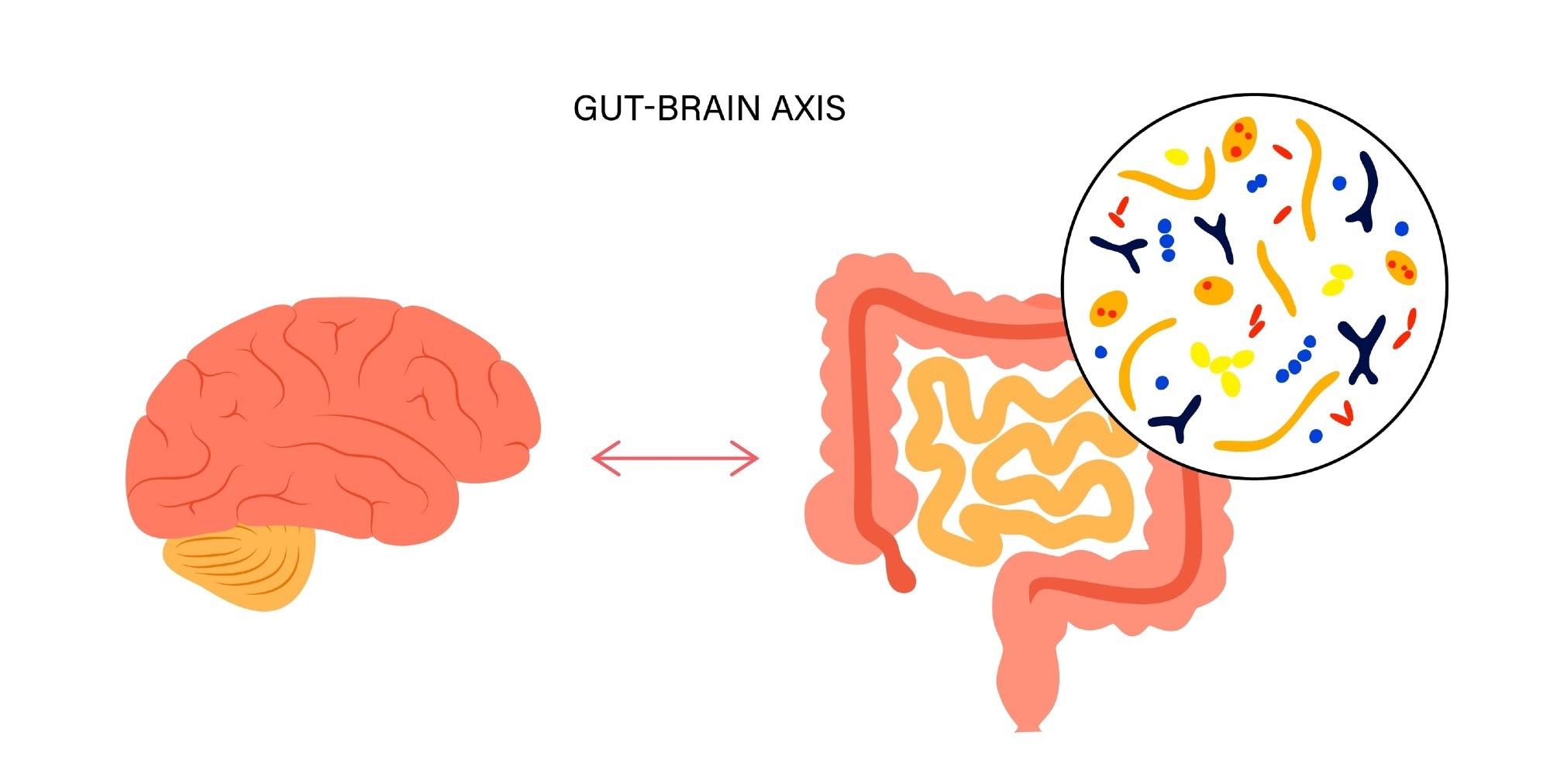In a recent study published in Cell Reports, the researchers investigated the function of the gut-to-brain axis in defensive responses induced by toxins.
 Study: The gut-to-brain axis for toxin-induced defensive responses. Image Credit: Pikovit/Shutterstock
Study: The gut-to-brain axis for toxin-induced defensive responses. Image Credit: Pikovit/Shutterstock
Background
Over the past few decades, there has been a lot of research on the neurobiology of toxin-induced defense reactions. Studies reveal that a gut-to-brain axis is associated with toxin-induced vomiting and nausea. There are significant questions that need to be addressed regarding the mechanics underlying the gut-to-brain axis.
Firstly, it is still unknown which essential nucleus of the solitary tract (NTS) neuronal subtypes and efferent networks coordinate toxin-induced protective reactions. Secondly, extensive research is required to understand the molecular makeup and physiological characteristics of the vagal sensory neurons comprising the gut-to-brain axis.
Thirdly, cellular mechanisms in the gut essential for toxin-induced defense reactions also need further research.
About the study
In the present study, researchers assessed the defensive reactions elicited by bacterial toxins using a mouse-based paradigm.
The team employed mice to create a model of the defensive reactions generated by toxins. Food poisoning in emetic animals is triggered by Staphylococcal enterotoxin A (SEA), an exotoxin produced by Staphylococcus aureus. Following the intraperitoneal injection of SEA, the behavior of mice was observed for three hours. The angle of the open mouth of the mice was observed, and the time history of that angle was plotted to define the mouth-opening motions. The period when the open angle was more than 0.13 peak angle was referred to as the "open" phase of mouth-opening in mice treated with SEA. The maximum angle and timespan of mouth-opening activities in mice treated with saline or SEA were also quantified. The team also observed the actions of these muscles in the subjects.
The team performed two control studies to learn more about retching-like behavior. Mouth-opening motions are also a part of the gaping reaction induced by the intraoral administration of bitter stimuli, such as quinine. Next, researchers investigated if different emetic drugs could cause mice to exhibit retching-like behavior. The conditioned flavor avoidance (CFA) index, derived by dividing the amount of time spent consuming the conditioned flavor by the overall amount of time spent drinking, was established as part of the study paradigm for SEA-induced CFA. Also, the similarity between SEA-elicited retching-like behavior and CFA with vomiting induced by toxins in emetic species was assessed.
Results
All the mice treated with SEA exhibited aberrant mouth-opening behaviors, whereas the saline-treated mice did not. The mouth-opening motions of the saline-treated mice sporadically displayed a small amplitude and did not last long. Two clusters of mouth-opening behaviors were observed in SEA-treated mice. The spontaneous mouth-opening behaviors of saline-treated mice were mimicked by one cluster of movements, but the other cluster displayed a stronger amplitude and a longer period. Early research compared the SEA-induced mouth-opening behaviors to "retching in mice."
The team also discovered that the diaphragm along with abdominal external oblique muscles engaged in simultaneous, bursting-like electromyogram (EMG) activities due to SEA-triggered mouth opening activity. Normal breathing occurred simultaneously with these muscles' alternating EMG activity in control mice. Diaphragm EMG frequency and amplitude during the "open" phase of mouth-opening activities in SEA-treated mice were substantially higher than those during the "closed" phase. These findings offer physiological proof that the unique mouth-opening behaviors caused by SEA in mice are retching-like motions.
The team discovered that when exposed to these enterotoxins, mice exhibited retching-like behavior, with the time spent opening their mouths being influenced by the dosage of each enterotoxin. Additionally, the mice demonstrated retching-like behavior as a response to additional emetics such as copper sulfate and protoveratrine A. Furthermore, mice treated with SEA developed CFA in a dose-dependent pattern.
Pretreatment with an antiemetic neurokinin-1 receptor (NK1R) antagonist called CP-99994 decreased the retching-like behavior and CFA caused by SEA. Granisetron, a 5-HT3R antagonist, also reduced SEA-elicited CFA and retching-like behavior. These findings imply that in mice, SEA triggers defensive reactions that rely on NK1R- and 5-HT3R-mediated signaling. Thus, researchers investigated the mechanisms behind toxin-induced defensive reactions in mice using the developed experimental paradigm.
When these neurons were chemogenetically inactivated with an intraperitoneal dose of clozapine N-oxide (CNO), SEA-induced retching-like behavior, as well as CFA was inhibited. These findings indicated that SEA-induced defensive reactions in mice involve a gut-to-brain axis. Doxorubicin-induced defensive reactions were considerably diminished when chemogenetically inactivated by Tac1+ DVC neurons. Tac1 gene deletion in the DVC or Slc17a6 deletion in Tac1+ DVC neurons both greatly reduced the defensive reactions elicited by doxorubicin. Deletion of Tph1 in Vil1+ intestinal epithelial cells prevented 5-HT production in EC cells, which greatly reduced the defensive reactions caused by doxorubicin.
In contrast to CFA, retching-like behavior induced by doxorubicin was selectively diminished by chemogenetic inhibition of rVRG-projecting Tac1+ DVC neurons. Instead of impairing retching-like behavior, chemogenetic ablation of LPB-projecting Tac1+ DVC neurons specifically decreased doxorubicin-induced CFA. These results imply that Tac1+ DVC neurons may also be crucial in the defensive responses caused by chemotherapy in mice.
Overall, the study findings highlighted that the paradigm developed by the researchers could efficiently identify distinct brain circuits involved in the coordination of toxin-induced defensive reactions in mice and a molecularly defined gut-to-brain circuit involved in the transfer of toxin-relevant signals.